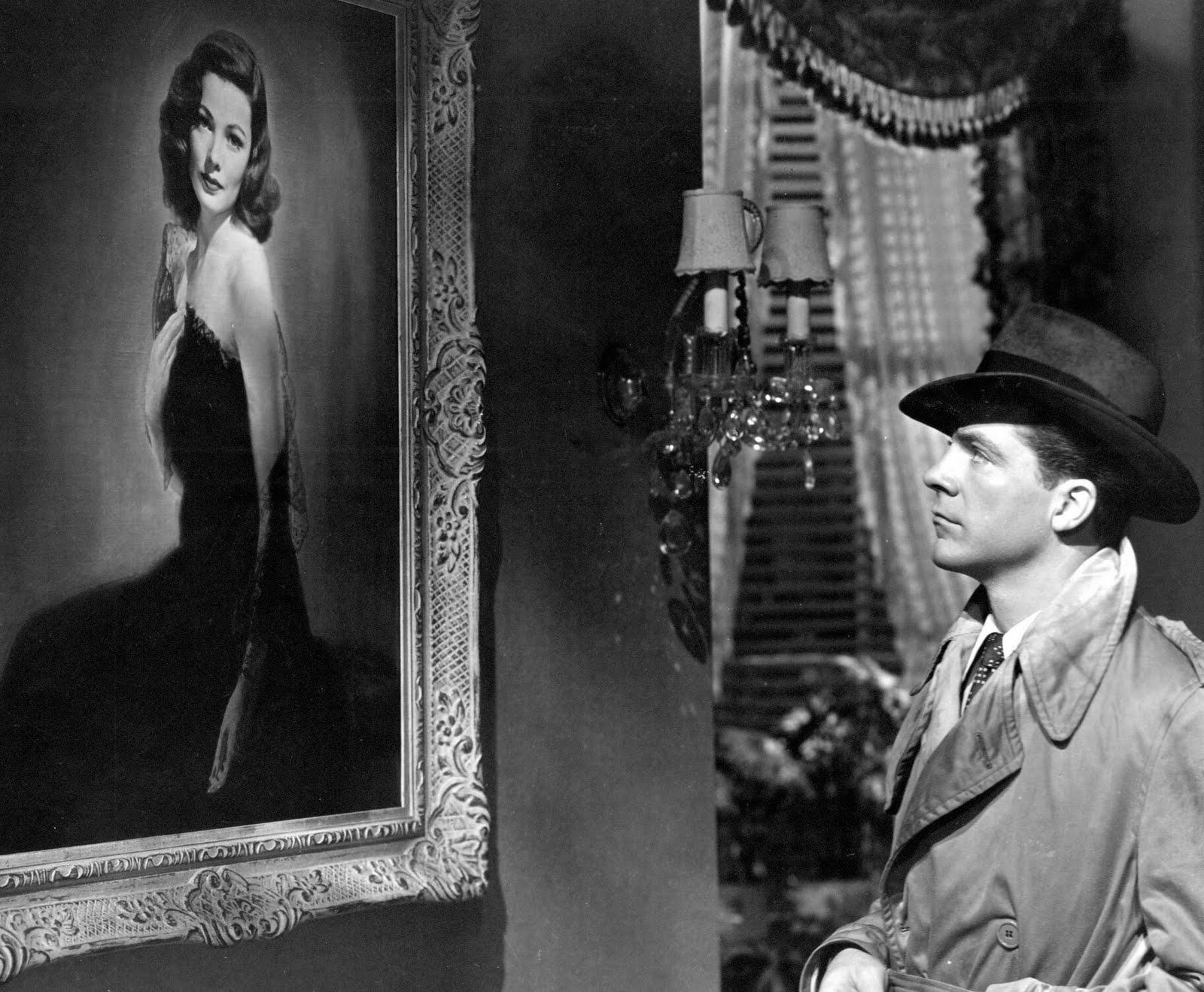The striking similarities between the appearances of Anne Catherick and Laura Fairlie are often remarked upon in The Woman in White, most prominently in a letter from Laura’s mother. This uncanny resemblance seems at first merely an odd twist of fate, but certain remarks throughout the First Epoch of the novel begin to perhaps reveal a new picture. During Mr Gilmore’s description of Laura on page 128, he remarks that “[Miss Fairlie] takes after her father. Mrs Fairlie had dark eyes and hair…” In itself, this seems an offhand comment, but reveals that Laura’s appearance is more similar to the late Mr Fairlie’s, a character whose history has not yet been explored to any major degree. Later on, Mr Gilmore describes the circumstances of Laura’s inheritance and tracks the specific path that has led Laura to be the heir to the Limmeridge estate (148). Such time is spent on meticulously plotting the potential lines of inheritance and discussing the ways in which Laura could either lose or ultimately end up owning the property that the very presence of such a passage seems to foreshadow its coming importance. Is it possible that some later revelation could upset this system of birthright and legal claim to Limmeridge House?
When Percival Glyde is asked about the matter of Anne Catherick, he mentions his connections to her mother, who “had been doubly unfortunate in being married to a husband who had deserted her, and in having an only child whose mental faculties had been in a disturbed condition from a very early age” (131). What is significant here is the mention of Anne’s father, who has been conspicuously absent from any other description of her family until this point. Although not much information is given beyond the fact that he is a man who deserted his wife and young child, it is enough to perhaps piece together a theory about the connection between the two near-identical girls who are integral parts of the story.
Could it perhaps be proposed that the desertee father of Anne Catherick was none other than Philip Fairlie himself? It has already been stated by Mrs Fairlie that Anne was “about a year older than our darling Laura” (59), which would allow time for Philip to have broken off his relationship with Jane Anne Catherick, married Laura’s mother, and have Laura be born. If this is the case, the issue of the inheritance becomes even more complicated. Anne would take the role of heir to the estate, being the elder of the two daughters, and making Laura’s marriage settlement almost pointless. It follows that, if, perhaps, a certain Percival Glyde was aware of the parentage of Anne Catherick, but also aware of the fact that Laura was considered the heir to the estate, and was in need of money in order to pay off debts, Glyde would do anything in his power to guarantee his acquisition of the Limmeridge estate. If Anne Catherick was truly the heir to the estate, and Glyde knew about this, it would explain why he was so eager to shut her away in an Asylum, and to recapture her before anybody (specifically Mr Hartright) discovered her parentage. It would also explain why he then pursued Laura–in an engagement arranged specifically by Philip Fairlie (73)! Did Glyde threaten to expose Anne’s true parentage if Mr Fairlie did not give him Laura’s hand? As of yet, it is near impossible to say. However, the textual evidence seems perhaps to point to Anne and Laura’s resemblance being not mere coincidence, but a sign of a shared parent and much intrigue.
